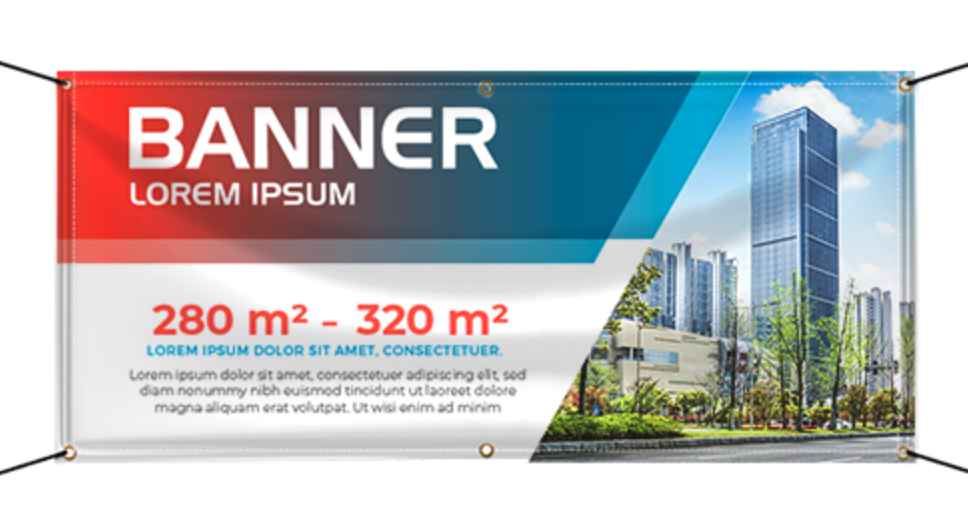How to Create an Event Marketing Plan
It is important to maximize the value of your exhibition stand, both in terms of money spent and time invested, while exhibiting at an event or attending a conference.
Creating an event marketing strategy allows you to maximize your return on investment by luring potential consumers to your booth or setting up meetings in advance, connecting with them on-site, and then following up with your new leads after the event has ended.
We polled CEOs for this display and banner guide to see how they go about creating an event marketing strategy that works.
Before a big event, make sure you’ve got a good network. Before you do anything else, be sure you know exactly what you hope to accomplish by exhibiting or attending. Your goals may be to increase sales or exposure of your brand or even to increase website traffic. Whatever they are, you should make them SMART, which means:
- Specific
- Measurable
- Attainable
- Results-orientated
- Time-bound
You should begin preparing your outreach strategy to potential customers following these steps.
Even if you’ve got an eye-catching booth area, it may not be enough to draw in new customers. Instead, let them know ahead of time that you’ll be attending an event and hoping to meet new people.
Approaches: There are two. We use our own media, such as social media and our website, to advertise the event, and we add a little amount of targeted spending to market to the audience we feel will attend.
To entice potential customers to visit our sales and technical offices and interact with our representatives.
Custom exhibition stands are what Printroom specializes in, so they know a thing or two about putting on successful events.
Even if we’re attending a trade fair, we’ll still let folks know we’re there so that we may meet up with them and create some noise.
It’s important to keep your event marketing plan current.
The first step is to reach out to potential customers prior to your event. As a result, the bulk of your event’s marketing strategy should be devoted to communications and post-event marketing efforts as well. People looking for information about the event might find you by using hashtags created just for it on social media.
Adding interesting or engaging elements, such as a Formula One vehicle simulator or giveaways, can also help you engage with people at your exhibit. You’ll also want to keep in touch with those potential customers after the event has ended.
Attendees may take home branded swag as a souvenir from the event thanks to our usage of social media, including LinkedIn and Facebook.
Freebies given to us at the last convention included lanyards, charging cables, shopping bags, pencils, and planners all with our company logo on them.
After the event, we send out an email to everyone who attended the event or stood at a table.
At trade shows, we constantly employ promotional goods and provide high-value prizes in order to keep in touch with our customers. Emails, social media, and telemarketing calls are all part of our follow-up strategy.
Following up with potential clients may be done in many different ways, but spamming them or ignoring them entirely are two of the worst approaches.
How essential is one phase of an event compared to the rest?
How much weight you give to the various components of your event marketing strategy will vary based on the nature of the event and the nature of your company.
It’s the before and after, since driving traffic is the first step, and then following up with customers to close the sale is the second.
Our primary goal is to bring in new customers, but we also recognize the importance of raising awareness.
Pre-event communication is the least crucial, but post-event communication is the most critical, especially when it comes to following up with contacts after the event. “
We feel that the most important advantage of the event is the opportunity for potential clients to meet our sales and technical teams and receive a first-hand look at what we can accomplish for them.
We offer freebies and follow-ups to keep in touch with potential clients after the event.
There are three things to keep in mind while visiting a trade show: the pre-show promotion, the exhibition itself, and networking.
However, if your company is putting on the event, pre-show preparation is essential since you need to get people in the door.
To get the word out, you’ll need to use all of your owned channels, as well as sponsored advertising or PR, to get the word out.
Do an after-the-fact evaluation.
If you don’t review the results after the event, your event marketing plan is a waste of time.
Make a list of your SMART objectives and revisit them. Analyze your performance on each and identify areas for improvement.
You can only enhance your return on investment (ROI) at the following event if you closely examine your performance.
